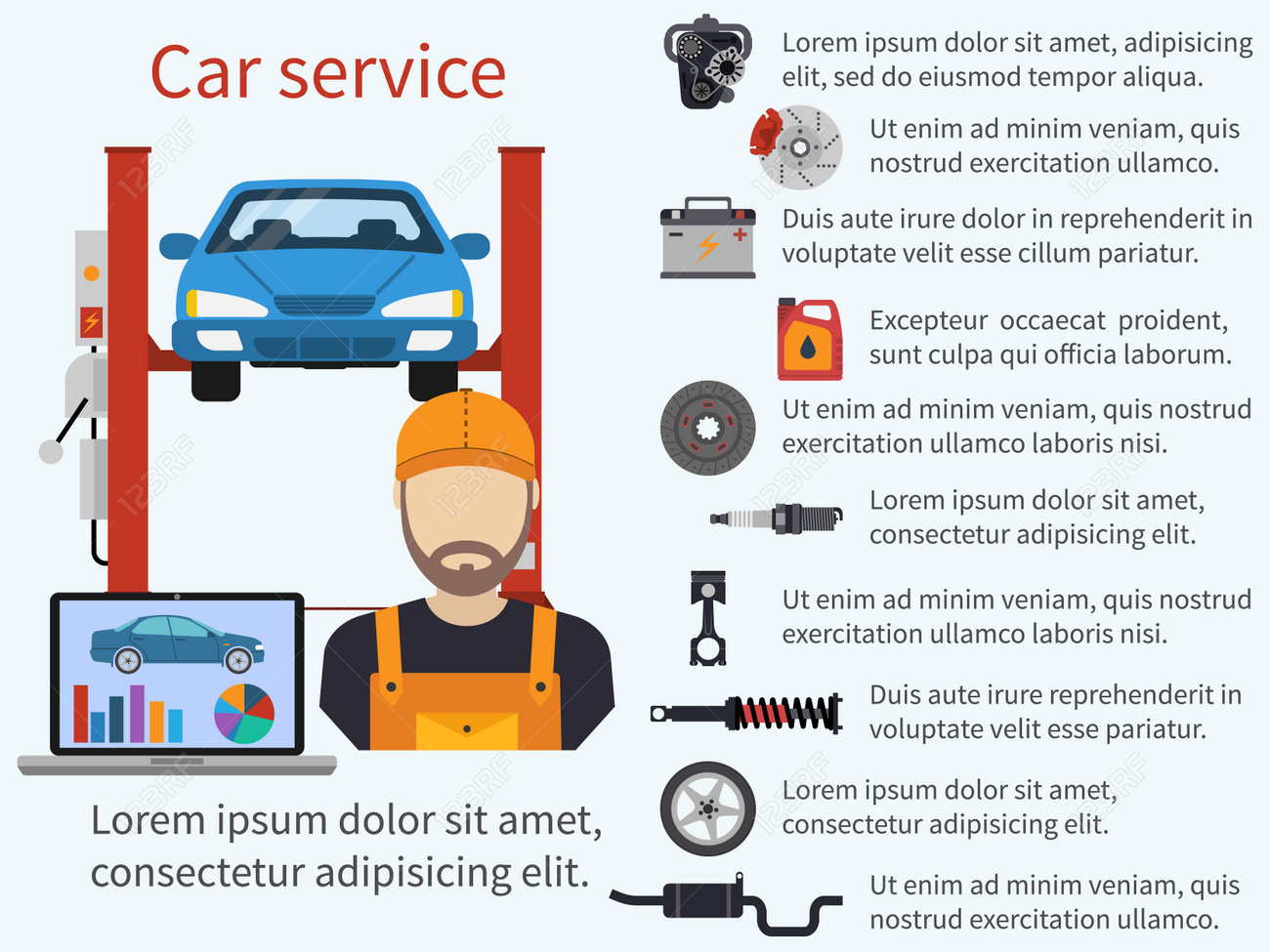Understanding The Meaning Behind Your Automobile'S Caution Lights: A Comprehensive Appearance
Understanding The Meaning Behind Your Automobile'S Caution Lights: A Comprehensive Appearance
Blog Article
Post By-Samuelsen Kejser
When you lag the wheel, those radiant warning lights on your dashboard can be a bit bewildering. Do you understand what they're attempting to tell you regarding your auto's health? Understanding the importance of these lights is important for your security and the long life of your lorry. So, the next time one of those lights pops up, would not you wish to analyze its message precisely and take the essential steps to resolve it?
Common Warning Lighting and Interpretations
Recognize common caution lights in your car and recognize their definitions to make certain secure driving.
One of the most regular warning lights include the check engine light, which signals concerns with the engine or emissions system. If this light begins, it's critical to have your vehicle examined quickly.
visit the website warning light indicates reduced oil pressure, needing immediate interest to stop engine damages.
A blinking battery light could suggest a defective billing system, possibly leaving you stranded if not dealt with.
The tire stress monitoring system (TPMS) light signals you to low tire stress, impacting vehicle security and gas performance. Overlooking this could lead to risky driving conditions.
The abdominal muscle light suggests a trouble with the anti-lock stopping system, jeopardizing your ability to stop swiftly in emergencies.
Lastly, the coolant temperature level warning light warns of engine getting too hot, which can result in extreme damages otherwise resolved swiftly.
Understanding these typical warning lights will aid you attend to issues without delay and keep secure driving problems.
Significance of Prompt Interest
Understanding the common caution lights in your cars and truck is only the primary step; the importance of promptly addressing these cautions can't be highlighted sufficient to ensure your security on the road.
When a warning light brightens on your dashboard, it's your car's method of interacting a possible problem that requires focus. Overlooking these warnings can lead to more serious problems later on, compromising your safety and security and possibly costing you more in repairs.
Motivate attention to warning lights can prevent malfunctions and mishaps. As an example, a blinking check engine light can indicate a misfire that, if left unattended, can trigger damages to the catalytic converter. Resolving this promptly can save you from a costly fixing.
Similarly, a brake system warning light could signify low brake liquid or worn brake pads, crucial components for your security when driving.
Do It Yourself Troubleshooting Tips
If you see a caution light on your control panel, there are a couple of DIY troubleshooting pointers you can try prior to looking for expert assistance.
The very first step is to consult your cars and truck's manual to recognize what the details warning light suggests. Occasionally the problem can be as simple as a loose gas cap setting off the check engine light. Tightening the gas cap may settle the trouble.
Another typical issue is a low battery, which can trigger numerous alerting lights. Checking the battery links for deterioration and guaranteeing they're protected could take care of the issue.
If a warning light lingers, you can attempt resetting it by separating the cars and truck's battery for a few mins and then reconnecting it. Additionally, checking interior vehicle cleaning , such as oil, coolant, and brake liquid, can assist repair alerting lights associated with these systems.
Final thought
To conclude, recognizing your cars and truck's warning lights is important for maintaining your vehicle running smoothly and securely. By quickly dealing with these signals and recognizing what they mean, you can avoid expensive fixings and prospective breakdowns.
Remember to consult your cars and truck's handbook for specific details on each warning light and act as necessary to ensure a hassle-free driving experience.
Keep educated, remain Highly recommended Reading -free when traveling!
